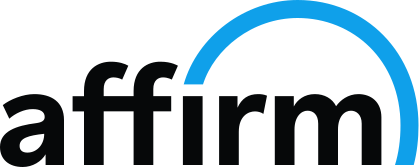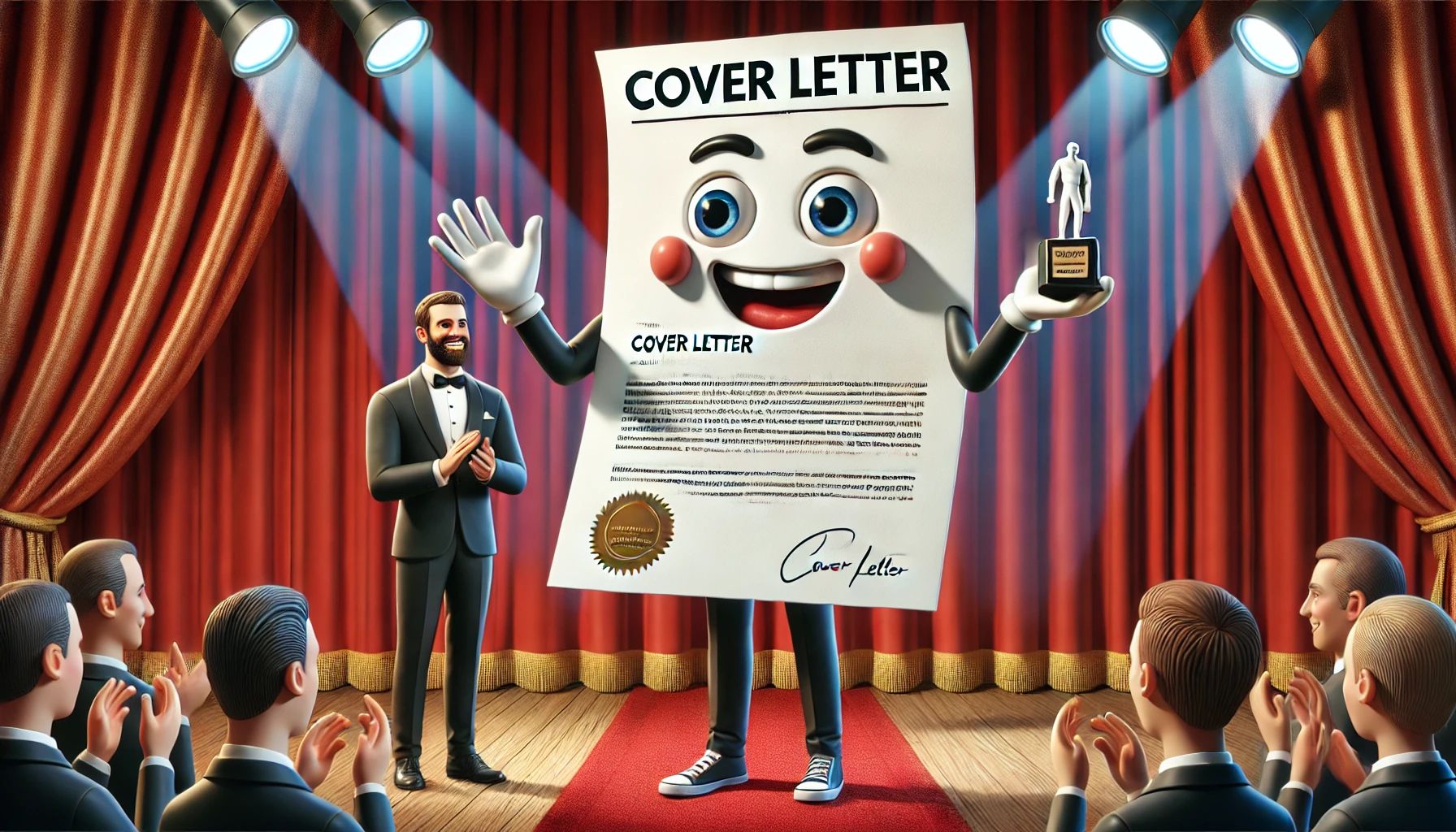 Resume Strategy Challenge
Resume Strategy Challenge
A client reached out with the issue trying to figure out how to deal with a nine-year gap in employment. As a mother of three, she was recently divorced and getting back into the workforce. Most of her experience prior to the start of her family was in administration and she was looking to return to something in that capacity. She completed an Associates degree in Business, but it was quite some time ago. Her goal was to find an office position she can utilize her prior experience in office administration.
The old resume needed plenty of work. Along with a rather pedestrian looking header, the layout strategy just screamed for the reader to look at the dates, where of course, the nine-year gap was waiting to greet them. In addition, the spacing was inconsistent and phrasing left a little to be desired (by the way, many of these issues are pretty common in do-it-yourself resume attempts).
Resume Strategy Resolution
First things first. Our reader needs to be sold on the positives before the negatives even appear. Thus, we look to develop a resume strategy for keeping the eyes from settling on the dates. The old resume was missing any sort of an introduction, so we want to set a tone here. We built a profile and core competencies section with a focus on high-relevance skills (but the hard skills, not that soft skills fluff). I decided to space the lines a bit to make it easy for the eyes to rest here, but did so evenly so as to be unnoticeable to the reader.
Next, instead of leading off with the Professional Experience section, I went either a small Functional Skills section. Now, note that I did not create an all-encompassing functional resume strategy, which raises red flags. This was a resume strategy with the purpose of being a reinforcement tool in support of the skill set before the weakness is eventually discovered.
Traditionally, whenever a client has any significant experience in a field, Professional Experience section comes next. But we decided to roll Education above it to further push down those pesky dates. However, we removed the graduation date. We also added a few core courses for added relevance.
When we finally got to Professional Experience, the idea was to make the dates blend into the background. Instead of using two lines for each employment entry, we used one. While the employment dates are traditionally aligned to the right of the page, we flip them next to the employer information. This prevented an easy scan of the dates. To further pull the eyes away from the dates, we bolded the job titles that led off the job header lines and made them slightly larger than the rest of the text.
The client had five positions within her work history, but we only included three of them. With her date issue, we wanted to keep the document to one page. Additionally, her work history contained no notable highlights (at least none that she could recall). My normal resume strategy in such a case would be to use of bullet points to create white space. But with our goal to keep the eyes off of the weakness, I decided to place this information in paragraph form to keep the top of the resume the focal point.


 Resume Strategy Challenge
Resume Strategy Challenge













